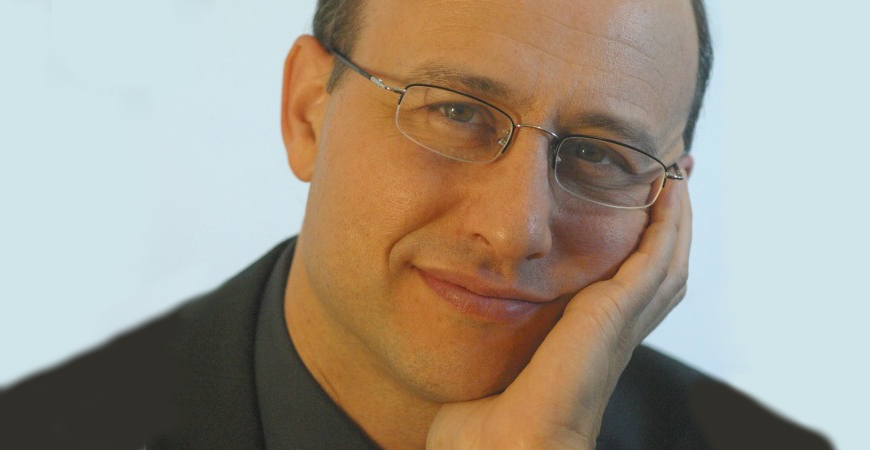"Our Brain as Pianist" / The Anatomy of Piano Playing - lecture by Eitan Globerson
How our knowledge of the human brain can affect our approach to piano playing. This public lecture by the dean of the Jerusalem Academy of Music and Dance tackles this question. The event is particularly recommended for students of the piano.
The talk (in English) starting at 3 pm on 10 February in the Auditorium of the main building on Liszt Ferenc Square is one of the supplementary programmes of the joint workshop of the Liszt Ferenc Academy of Music and the Jerusalem Academy of Music and Dance. (Cooperation between the two institutions was launched one year ago, in the spirit of the 25th anniversary of the re-establishment of diplomatic relations between Hungary and Israel and at the initiative of Ambassador Ilan Mor, who is well known for his love of music.)

Eitan Globerson is professor of piano and conducting, and Dean of Performing arts at the Jerusalem Academy of Music and Dance, where he also serves as music director of the Academy Symphony Orchestra (the "Mendi Rodan Symphony Orchestra). He has performed as pianist and conductor in Israel, where he played as soloist and conducted all major orchestras, including the Israel Philharmonic Orchestra and the Israeli Opera House, as well as concerts in Europe, the Far East and America. He is regularly invited to give masterclasses and lectures at world known music centers. Professor Globerson also holds a Ph.D. in Brain Sciences from the Gonda Multidisciplinary Brain Research Center at the Bar Ilan University, Israel. He is currently affiliated with the Magnetoencephelogram laboratory at the same institute. He is invited frequently to give lectures and presentations in scientific meetings around the world.
Topics of the lecture:
- Time scales in brain activity and piano playing.
- Motor skill learning in piano playing- how can we make it more efficient?
- Bimanual coordination- brain correlates and practical insights.
- Attention and eye movement in piano playing.
- Brain hierarchies in piano playing (or: what should we think about while playing?
- The anatomic structure of the hands (skeletal, muscular and neurological structures).
- The effect of that structure on basic rules of piano playing (the effect of structural differences between the fingers on playing, the ways to bypass those differences, etc.).
- Some basic Newton Mechanics
- Practical general insights deriving from these basic laws (speed and angle of attack, the effect of mass on the acoustic result etc.).
- The usefulness (and uselessness) of finger exercises explained through anatomic and mechanical logic.
- Basic piano technique (scales, arpeggi , octaves, etc.), from an anatomic viewpoint. The implementation of those insights in practicing methods.
- Analysis of technically challenging repertoire using all that has been discussed before. (This part of the workshop could also involve students playing).
The lecture on 10 February 2014 is free of charge but participation requires registration at kirkosa [dot] adam [at] lisztacademy [dot] hu latest by 7 February 2014.


